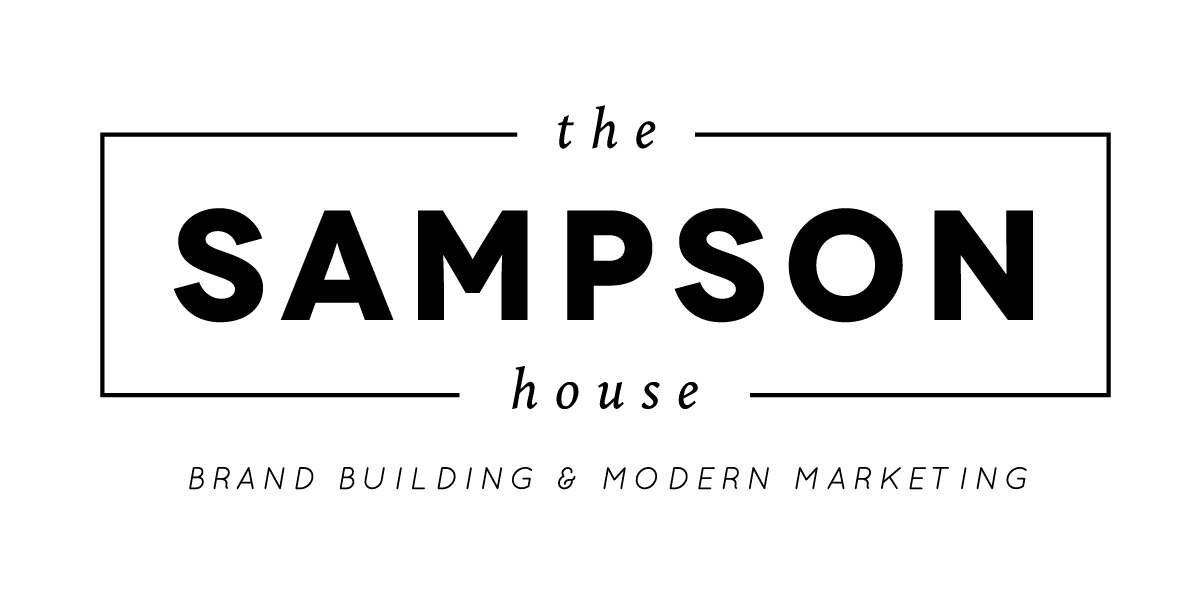4 Social Media Etiquette Rules to Follow
Social media has become such a big part of our lives in this day and age, and with the high frequency of usage, social media rules and etiquette are naturally formed. As a digital marketing agency that focuses on and emphasizes the use of social media, it’s our job to share and educate others on the do's and don'ts of the digital world. We are sharing the top social media mistakes and how to stay proper when online.
1). Sharing. An alarming trend we have observed are people sharing others’ post photos but not giving appropriate credits for originating sources, on personal and professional accounts. This is one of the biggest no-nos because of the serious legal stipulations and the backlash that could occur. Something as simple as re-creating someone's every photo (this is pushing it) can be considered as infringing on copyright laws. You can read more about that example here. Instagram’s policy on sharing other people’s post is not to do it - at all. Instagram is a strong believer of being creative and curating content you love. Their community guidelines state, “We want Instagram to continue to be an authentic and safe place for inspiration and expression. Help us foster this community. Post only your own photos and videos and always follow the law. Respect everyone on Instagram, don’t spam people or post nudity.” That being said, curate content! Do you have no idea where to start with content curation? Well, you are looking at the right people. Let's grab coffee + talk content strategy for your business. Get in touch with us at: contact@thesampsonhouse.com.
What if you want to share another person’s photo? Well, there are three steps we highly recommend.
First, ask the author for permission to share their work and what you will be using the work for.
Next, download the Repost App. Repost includes the person’s photo you are sharing and their copy. In addition, it has a little icon on the photo that shows others you are sharing someone’s work.
Lastly, tag the person whose photo you are sharing in the copy AND photo. By tagging the person or the company in the photo, you are allowing others to easily access their work in the future. If someone is on Instagram clicking through tagged photos and comes across a shared piece of work, and the individual is not tagged properly, most likely the user is not going to find the original author of the photo. This could be a hindrance to their growth. Whatever you do, don’t play the photo off as your own.
2. Professionalism. There are many areas that being professional online can address, but the most common thing we see is maintaining professionalism in business posts and personal posts. Whether you are a business owner, a manager or employee, you automatically become the key piece that links others to your company. At times, you may want to turn to Facebook and rant about an incident thinking only your friends will see it. This is false. We have all heard the saying that when something is online, there is no turning back. Even though your pages may be private, from screenshots to sharing the content, if your rant is viral-worthy, a simple rant post may be blown out of proportion and shared with hundreds of thousands of people. This type of action could be detrimental to your company. At times, how you type a comment to a customer may be interpreted differently by another user. If friction arises, address it professionally, politely and in a timely manner. We recommend taking a moment to think and breathe before posting heated content. Talk it over with your team, think of businesses you value and how they maintain professionalism when responding to customers.
3). Friending. Another hot-topic issue we have seen a lot deals with being “friends” on platforms. Social media is for being social- duh! People love to connect with people, brands and businesses they are passionate about. We strongly encourage following your favorite brands on all social platforms and engaging with them. However, there is a fine line that people tend to cross by friending owners and employees of companies. For Instagram, following individuals is a little more acceptable because the other person is not obliged to follow back. However, on Facebook, if someone has not accepted a friend request, respect their privacy and do not try to add them again. As mentioned, this may be a fine line to distinguish between, so use your best judgment and do not get upset if someone does not follow your account back or declines your request.
4). Spamming. Lastly, spamming your followers with too much of anything can be annoying. If you are a business constantly posting about sales, followers will get annoyed and unfollow. People don’t want to be “used.” Do not make loyal customers feel like the only time you interact with them is when you want something from them. Whatever your company is, you can provide more than what you are selling. Give your followers the latest trends your company has observed in your industry, share stories of clients, or just say hi. The options are endless. As for personal accounts, you can follow a similar route. We definitely don’t recommend spamming your friends with ten Instagram posts at once or constantly ranting on Facebook. Give people something they want. That something is something different.
There are many points to address with social media etiquette, but these are the most common habits we have seen in the past couple of years. People may not even notice they are making these mistakes at times. To summarize our findings, don’t do anything online you wouldn’t want your grandparents or employer to see. Did we point out any social media etiquette you were not aware of?

